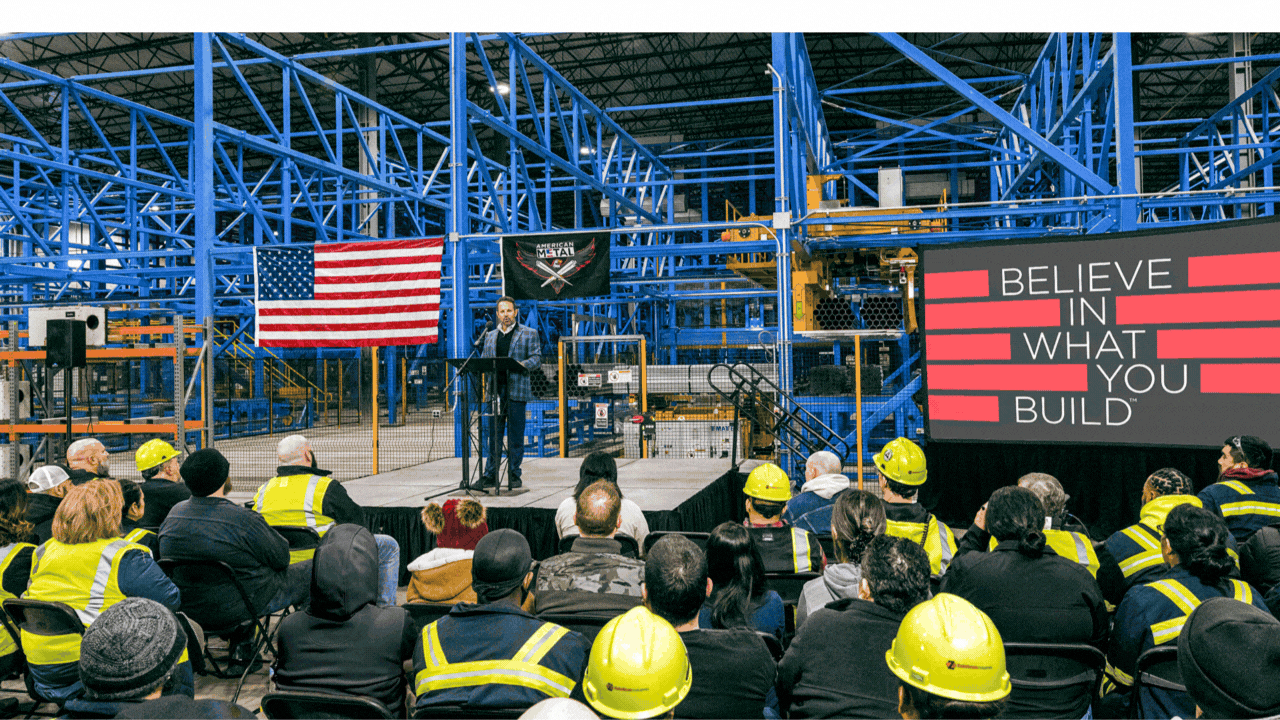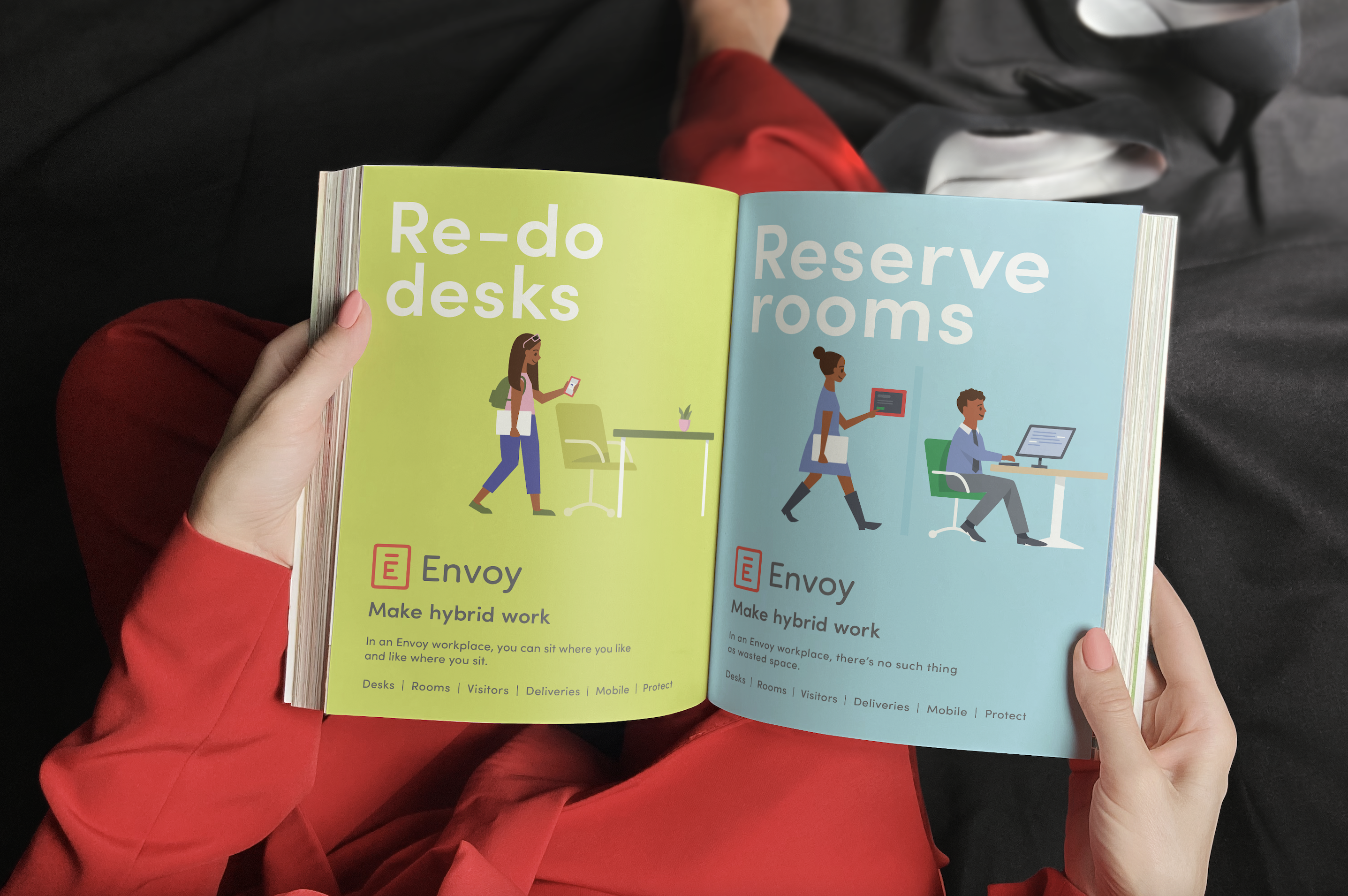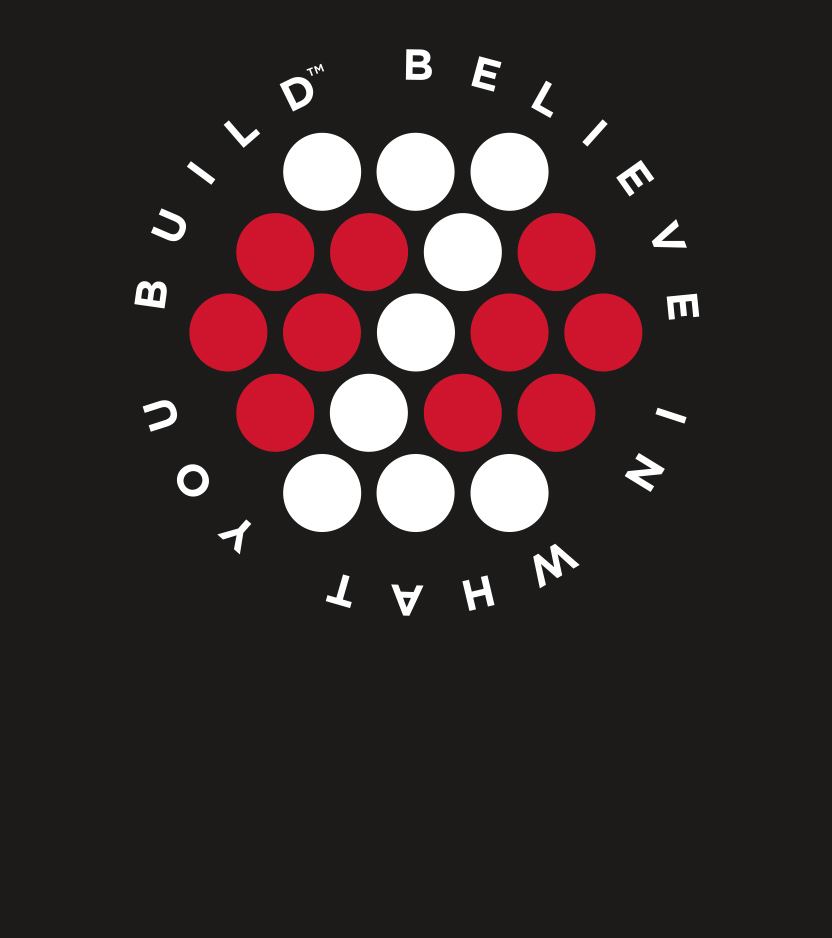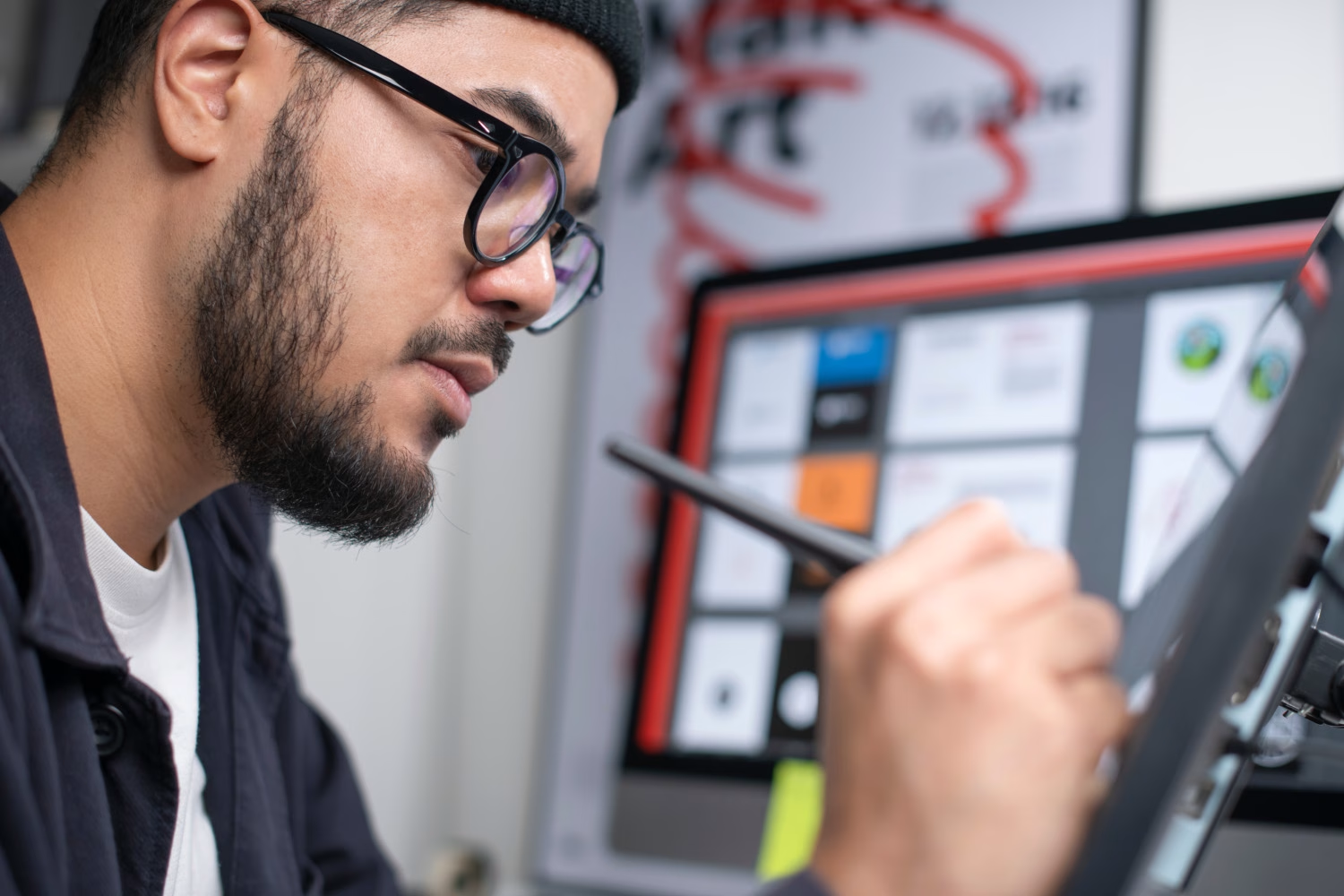How to Create Brave B2B Campaigns that Drive Growth

Share this story
For years, B2C basked in the spotlight — the talk of the town with its vibrant, emotive campaigns splashed across major events like the Super Bowl. Meanwhile, B2B marketing was hard at work behind the scenes, leveraging data and precision to support the complex buyer journey. However, much of that smart thinking was reserved for lower-funnel activities, leaving top of funnel brand work feeling less creative and exciting. Recently though, we are thrilled to see that B2B advertising has been in the spotlight, fueled by industry voices like Jon Evans on Uncensored CMO, coverage from trade publications like The Drum and some newfound excitement on platforms like LinkedIn.
Recently, I had the pleasure of participating in a podcast by The Drum, where we talked about brave B2B brands making waves in the industry. The conversation left me inspired to share my thoughts on what it takes for B2B brands to create brave and breakthrough campaigns.
“Why is being brave important?”, I hear you ask. Here at MX, we are dedicated to helping B2B brands grow. And the braver a brand is, the greater its visibility and the more substantial its growth. So being creatively bold is not a nice to have, it’s a must have if your goal is to grow.
So what does it take to become a brave B2B brand?
1. Elevate Brand Awareness
In B2B circles, “brand awareness” is often dismissed as fluff — overshadowed by performance marketing’s measurable impact. But here’s the truth: brand awareness is demand generation. It’s not a soft, auxiliary effort; it’s what drives pipeline growth and long-term sales. B2B marketers who invest in top-of-funnel campaigns are not just creating recognition; they’re fueling present and future opportunities and positioning their brand as a preferred choice throughout the complex buying journey. Smart investments in brand awareness today lead to demand tomorrow, but also strengthen your lead generation efforts today.

For example, the new Workday campaign “Rockstars” not only increased awareness by 14%, increased consideration by 65%, increased trust by 24% but it was also able to reverse five years of slowing lead growth. Source: Adage.
2. Carve Out a Unique Narrative
Following the category narrative feels safe — after all, if everyone is saying the same thing, how wrong can you be? But this mindset leads to commoditization. Brands that thrive are those that dare to tell their own story.
One standout example is Zekelman Industries, which moved beyond a purely functional differentiator in pipe manufacturing to create a belief-based brand. By championing the importance of “Made in the USA” manufacturing and emphasizing the value of buying domestic, Zekelman established a strong, distinctive position in their audience’s mind. This approach not only resonated with their market but also highlighted how belief-based branding can transcend mere product attributes to forge deeper connections.

3. Aim For Distinctiveness, Not Just Differentiation
Too many B2B brands obsess over finding the 2-3 unique attributes that set them apart from competitors. While genuine differentiation exists in certain categories, it’s often elusive. But that doesn’t mean we can’t claim a distinctive place in our audience’s mind. Distinctiveness is about embedding a brand in memory, not just being different from a functional perspective.
The most effective B2B marketers understand that distinctive brand assets — whether through a unique message, tone, or visual approach — are strategic tools that make brands memorable in crowded markets.

Mailchimp’s “Mailchimp your Marketing” campaign is continuing their embrace of absurdity across its campaigns throughout the years – a masterstroke in building a distinctive brand presence.
4. Redefine Expertise and Tone
The classic “expert tone” is table stakes in B2B — it’s expected, not differentiating. To stand out, brands need to show that expertise can coexist with personality. Embracing humor, friendliness, and even playfulness in advertising sets leading brands apart. Workday’s “Rockstars” and Slack’s “Big Meeting” are prime examples of how a relatable, lighthearted approach can resonate without sacrificing credibility. It’s time for B2B to shed the outdated belief that “serious” equals “credible.”

Slack’s humor and musically driven “Big Meeting” campaign is only reinforcing trust and expertise in seamless communication and workplace productivity.
5. Invest in Genuine Customer Insights
Customer personas are foundational in marketing, but their value lies in authenticity. Too often, budget constraints result in personas that reflect a marketer’s aspirations more than reality. Real success comes from investing in voice-of-customer research to ground personas in truth. Brands that engage in this practice gain deeper empathy and can create messaging that speaks directly to the needs and emotions of their audiences.
LinkedIn’s “Parents don’t get B2B” campaign is a prime example of the power of authentic, research-based personas in B2B marketing. Instead of relying on idealized, broad-stroke profiles, LinkedIn tapped into the genuine experiences and challenges of real B2B professionals — often misunderstood by those outside their industry, like their parents.

6. Be Bold Despite Budget Constraints
The truth is that B2B marketing budgets are tiny compared to B2C. While B2C brands are spending 5–15% of total revenue on marketing, B2B brands are lucky to get 1–7%. That’s a fraction of the resources, which means every dollar counts (source). And when you have a small budget, it’s easy to fall into the trap of being conservative. But as Rebecca Hirst, CMO of EY UK, pointed out on the Uncensored CMO podcast, spending money on boring ads is like throwing it out the window. If you’re not capturing attention, you’re wasting your budget.
7. Build Strong Agency-Client Relationships
Brands shouldn’t have to go it alone when it comes to bold, disruptive marketing. When the agency-client relationship is built on trust, mutual understanding, and a commitment to shared goals, something powerful happens. Both sides push each other, driving the work forward, inspiring each other to be bolder, and making it feel almost effortless. With this level of alignment, brave campaigns and big results aren’t just possible — they’re the natural result.
The Path Forward
B2B brands are shaping the future, driving innovations that redefine how we live and work. Now, it’s time for their advertising to reflect that ingenuity. By stepping beyond traditional norms, embracing creativity, and committing to strategies that build trust, awareness, and emotional connection, B2B marketers can unlock their full potential.
The opportunity is immense, and the brands that seize it will lead the next era of marketing — B2B like it ought to be.



